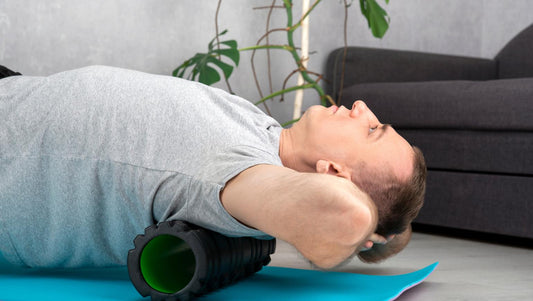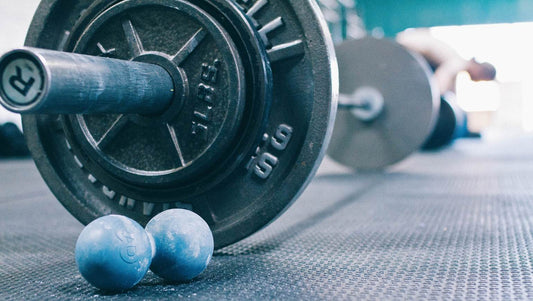Importance of posture exercises
Easier said than done, isn’t it? As our lives continue to revolve around electronic devices, our posture declines. Who sits at a computer for 8 hours a day with perfect posture? No one. Who always holds their cell phone up high whenever they look at it to avoid straining their neck, looking down? No one. Our normal everyday routines do not encourage good posture. So we have to be diligent and consistent in our fight against gravity.
How sitting affects our posture
In previous blogs, we discussed the neck tension that results from poor posture. Let’s take the conversation further south - to the thoracic spine. As we sit or stand in poor posture, our pecs tighten and pull our shoulders forward. Our thoracic spine rounds forward and over time stiffens in that position. As we age, tissues become less elastic, and arthritis sets into the weight-bearing joints of the spine, causing more pain and pushing you further forward. We must be diligent in combating this because gravity doesn’t let up to give our spines a break. So what do we do about this?
How to improve posture?
The answer is to help our body move through opposite motions of what we do on the computer or phone for several hours per day. This mainly consists of 3 things: stretching your pecs, extending your spine backward, and strengthening back muscles that keep us in good posture.
Exercises to improve posture
Pec stretches
Pec stretches are simple and only need a doorway and a foam roller if you have one. I usually have the patients hold doorway stretches for 30-60 seconds and lay on the foam roller for 2 minutes.


How to improve spinal mobility with foam roller?
For spinal mobility, working on extending the spine backward, a physical therapist will do joint mobilizations in the clinic to increase the movement in each vertebral segment, but at home, a foam roller is needed for a person to do this on their own, and RAD makes the best one I’ve seen for this. They have the only foam roller I’ve seen that actually has a cut out for the spine which is more comfortable.
It’s called the Axle.
Depending on the ability of the patient and other medical factors, I have the patient do any number of different positions with it. If you have any injuries, seek the help of a medical professional to determine the best positions for you so you don’t hurt yourself.





















